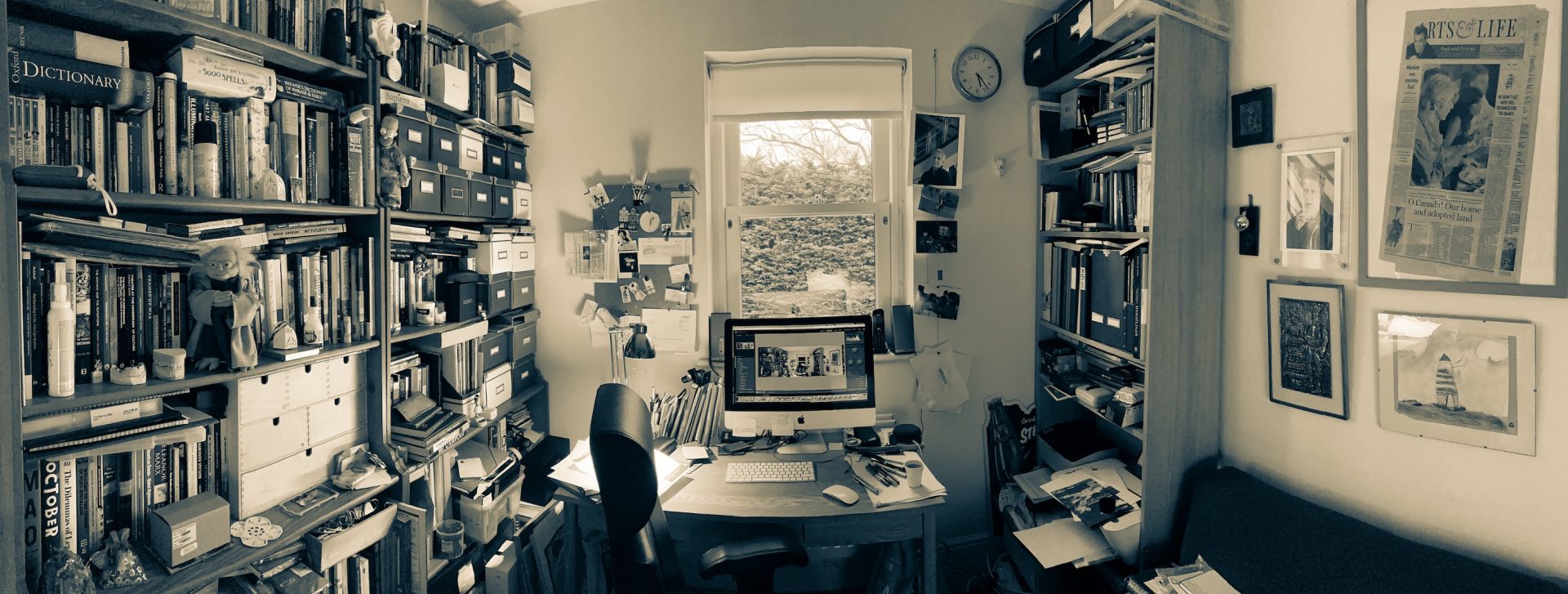
Metastable
I can’t write about my studio, because the picture is blurred. The space is four, seven, six, nine spaces in one. The walls are closing in, opening up, they change colours, sometimes one is missing, sometimes there are five. I have always worked in nuclear rooms, nuclear, because you know how an atom is structured, how it is a field in which nuclear and electromagnetic powers fight, and how it is all just waveforms and nothing to touch, and then the cat dies because you’ve opened the door at a wrong moment. What I’m trying to say is that I work in metastable spaces.
Perhaps that’s my many moves. I’ve counted a while ago that I have lived on fifteen different addresses. Stays under a year do not count. I am never sitting at the desk visible to others, in the chair where my body is expected, in the room where I can be found. Elsewhere, always. For a long time I had expected this was universal, something so familiar that it would be embarrassing to talk about it. I had thought, Writing is boxing, ‘fly like a butterfly, sting like a bee’, plexus, uppercut, bite off an ear, hit them in the kidneys, direct, kick them in the balls, have your arm raised. It goes with the job that a writer is not where a writer is. Text is never where text is expected, so we follow.
When I moved from Canada to the UK, The Guardian started publishing pictures of writers’ rooms. It was all realism: post-it notes, serious printers, desks by the window, writing in longhand. Charming explanations, but serious people thinking of posterity. I could see archives being created.
My space has never been parcelled like that. Every room where I’ve ever had a writing desk has been melted down into the studio where I currently work. That is the reason why I had abandoned the idea of the study, or office, or writer’s room (awful!). I work in a studio, and it is humble, paint spilt everywhere, dirty clothes, pallets, my old Olympia typewriter—the one I bought from my first published article, at seventeen—on the side, empty espresso cups, my collection of fountain pens in one drawer, a box of Blackwings in the other, little red transistor radio with LW on the shelf, Yoda and Homer standing guard, a gargoyle on the wall, a lifesaver behind me, TDK cassettes with my old radio-plays in some boxes, Shklovsky and Enzensberger mingle with Von Sacher-Masoch, Waits, and Complete DIY Manual: Easier, Safer, Greener. It is a quantum space, changing as I enter it, changing when I leave. I never know what’s inside.
To an untrained eye, there are bookshelves, a desk and bed, a tall chair.
I see in it the room in my parents’ apartment with a view of the cemetery, my desk in Hotel Yugoslavia, where I lived for a year, my rented room on Boulevard of Revolution in Belgrade, where walls were so damp that a shelf with three hundred records broke the bricks holding it and fell on the chair where I had been typing my first book a blink before and I was saved by the coffee, the mansard behind the Temple of Saint Sava I rented from an incestuous brother and sister, where my two books about Waits came to be, several tables used as desks in rented living rooms in the early years of exile in Canada, the large, wonderful office I got when we bought the house in Toronto, only to abandon it for the miniature corner in a miniature house borrowed to us by Warwick University until we found our ground in the Realm, attic in south Leamington, around the corner from the busiest dealer in the Midlands, and this now, a small room in which everything has at least a double function. Me too: I am a writer and a ghost—depending on when you open the door. The studio doesn’t know me, I don’t know the studio; it takes me in and keeps me there as if I was ganja, and then it blows me out. Sometimes I write nothing.
— Middlemarch 2021
Dragan Todorovic is a writer and multimedia artist, and a Lecturer in Creative Writing at the University of Kent.